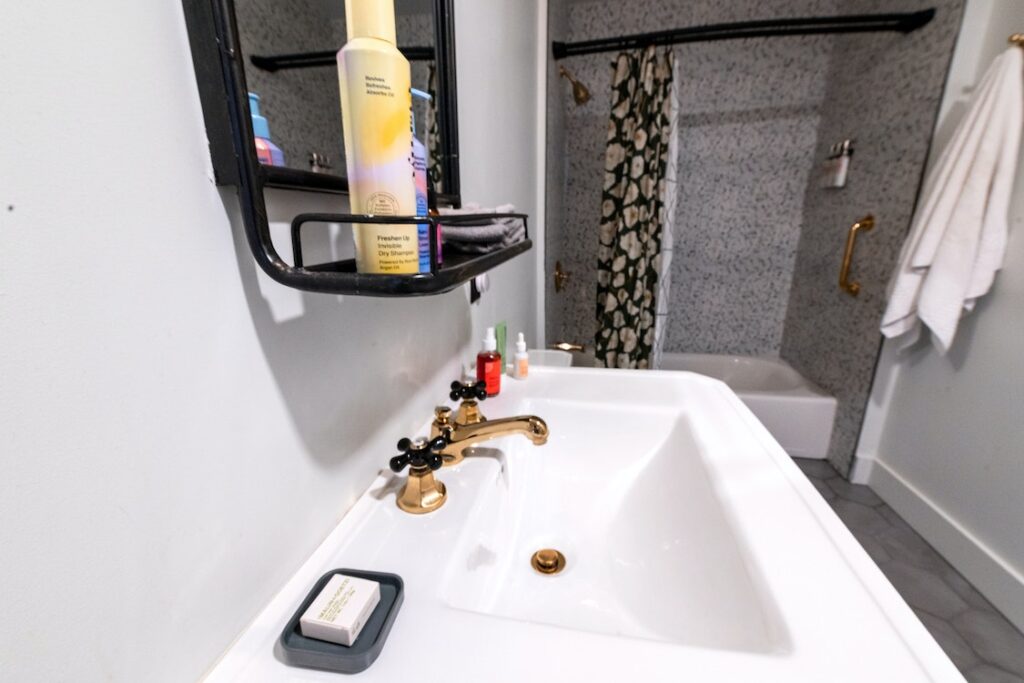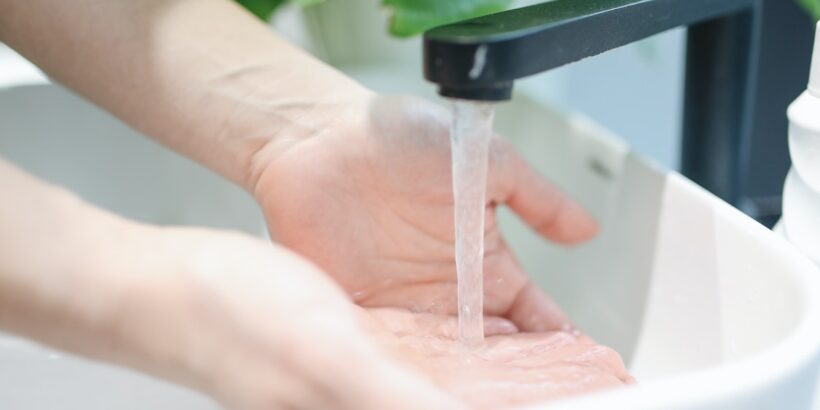Plumbing issues can be a hassle, but they don’t have to be. With proper maintenance and care, you can avoid many of the most common plumbing problems.
Plumbers know how to inspect and clean pipes properly. This helps them remove clogs and prevent future ones. As a result, your plumbing’s lifespan increases.
Clogged Drains

Drains handle all the liquid waste from sinks, toilets and tubs, but they can also be susceptible to clogs. Over time, hair, food scraps, grease and other debris can build up inside pipes and reduce the flow of water. The good news is, there are several quick and inexpensive ways like perimeter drain cleaning to troubleshoot and fix a blocked drain.
The first step is to check the visible cause of a clog. Remove the drain cover and look down inside. You may be able to spot the obstruction with your eyes, or you might need a flashlight. If a foreign object is stuck in the drain, you can try to fish it out with a pair of pliers or a wire hanger (be sure to use a pair that are suitable for plumbing work and not for clothing).
For kitchen and bathroom drains, start by removing any stoppers on the drain. Shower drains may have a screen that can be lifted and emptied of hair or soap scum. If there is a blockage in the drain line itself, you can also try to remove it with a screwdriver or pair of pliers (again, be careful not to drop any screws or intermix them with the clog).
If the visible source of a clog isn’t the problem, turn to household supplies for help. Pouring hot water, baking soda and vinegar down the drain can break down grease, food and other organic material that might be causing the clog. After waiting a few minutes, pour in more boiling water to flush away the mixture and restore full drain flow.
For deeper clogs, try using a wire drain snake. Remove the pop-up assembly in the sink and feed several feet of cable down the pipe while cranking the handle on the snake motor. Once the tip of the snake reaches the clog, loosen the setscrew, pull out six to 10-inches and then continue feeding the snake into the pipe until it breaks up or flows through the clog. Repeat as necessary to completely clear the clog. If you can’t get a clog to move, call your local plumber for assistance.
Clogged Toilets
Clogged toilets are a common problem that can lead to expensive and messy repairs. They can be caused by anything from a child or overzealous adult using too much toilet paper to an actual blockage in the home’s drain pipes or sewer line. Some clogs are more serious than others and require professional help to fix. But there are some troubleshooting tips that can be used to help identify the problem and possibly resolve it on your own.
Most clogged toilets are caused by foreign objects that people try to flush down the drain. Some of these items include disposable cloths, napkins, ear swabs, and even hair! These materials aren’t designed to go down the toilet and can cause a clog that will not only stop your toilet from draining but also affect other drains in your home.
Many clogs can be resolved by using the trusty plunger! The best way to plunge a toilet is to first place towels around the base of the bowl to soak up any water that might splash out. Then, position the plunger and ensure it has a good seal over the drain hole. Next, push down and pull up rapidly about 10-15 times. This creates powerful suction and pressure that can dislodge a clog and allow waste to pass through the drain.
If the above methods do not work, it’s time to get out the big tools and call a plumber. It’s likely that the clog is farther down the drain pipe and out of reach of a hand-held plunger. In these cases, it’s important to have the plumber find and repair the clog quickly before it causes other problems in your plumbing system.
If your toilet is constantly clogging, it’s probably time to have your home’s drain lines examined by a professional. These lines are what carry waste from your sinks, tubs, and toilets to the sewer line where it goes away into your municipal sewage or septic system. A clog in these lines can lead to multiple clogged toilets in your home, and they’re often out of your control because they can be caused by tree roots or exterior issues like broken drain line infiltrations or a sewer line break.
Leaky Faucets
A leaking faucet is one of the most common plumbing problems. Luckily, it’s also often one of the easiest to fix. The first step is to figure out where the drip is coming from. This will help you know which parts to repair and may help you avoid wasting water in the meantime.
The next step is to shut off the water supply valves beneath the sink. This will prevent water from spraying everywhere while you’re working! Be sure to turn the water back on once you’re done repairing the leaky faucet.
If you can’t find the supply tube valves or they don’t work, a professional plumber will need to come in and replace them for you. They will likely use a special tool to get into the wall and install new supply tubes in a more efficient manner.
Leaky faucets are usually caused by loose or worn out washers, gaskets, or o-rings. Replacing these parts is relatively simple for a skilled do-it-yourselfer, but be sure to read all of the instructions before you get started! If you have a cartridge or ball faucet, it’s important to clean the O-rings and cartridge before replacing them. Otherwise, the seals may just wear out again in a short amount of time.
Another cause of a leaky faucet is corrosion in the valve seat. This little connector is between the faucet and spout in compression faucets, and it can easily corrode over time with mineral deposits and water sediments. Cleaning it on a regular basis is important for this part of your home plumbing to last as long as possible.
Leaks around the spout are usually caused by a worn out O-ring, a damaged valve seat, or both. When the O-ring becomes damaged, it causes metal parts to grind against each other every time they’re turned on and off, which can damage and ruin the seal. This is why it’s so important to replace the O-ring when you notice it wearing out. A pro plumber can help you determine the best course of action for fixing your leaky faucet, and they will be able to make sure all of the parts are installed properly so that they won’t wear out again in the future.
Low Water Pressure
One of the most frustrating plumbing issues is low water pressure. It can make showering, washing dishes, cleaning, and cooking a huge chore. Sometimes, the cause of low water pressure is easy to trace; other times, it’s more complicated. To troubleshoot a low-water pressure issue, homeowners should start by determining how widespread the problem is. If it only affects one fixture or room, the problem likely has to do with a specific fixture or appliance and can be easily fixed. If it’s low water pressure throughout the entire house, it could be an indicator of a bigger issue with the plumbing system and may require professional help to resolve.
Corrosion is a common reason for low water pressure in homes with metal pipes. When water lines are exposed to air, corrosive substances can build up in the pipe, restricting the flow of water. A plumber can assess the situation to determine if a simple cleaning is possible, or if replacement of the line is required.
Another common reason for low water pressure is a leak in the home’s main plumbing lines. Leaking pipes will redirect water flow, and this can lead to decreased water pressure in all fixtures throughout the home. If you suspect this is the case, shut off all water taps in the home and check your water meter. If the meter reading shows an increase in usage without anything being turned on, you have a leak that will need to be repaired by a plumber.
Homeowners can also experience low water pressure when the branch lines that connect to the vertical supply stack are too small. These are the pipes that branch off of the main lines and supply water to individual fixtures. These can be replaced by a plumber, but it’s important to consult with an expert so that the proper size branch line is installed. Lastly, low water pressure in the home’s faucets could be due to a clogged aerator or cartridge. These can be removed and cleaned with a pair of pliers to improve water flow.

